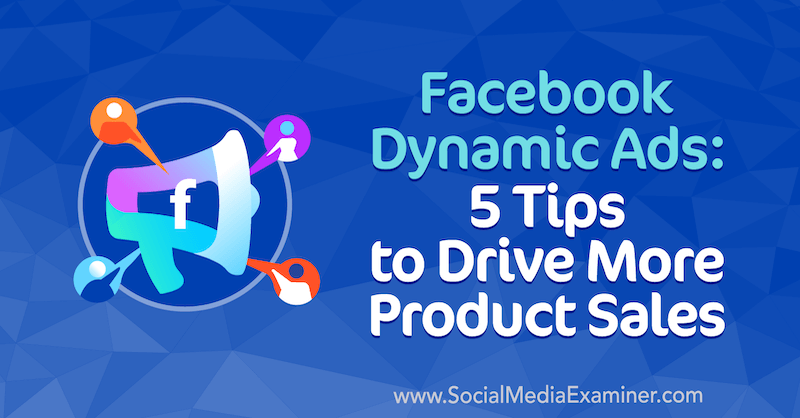How to Improve Workplace Diversity and Inclusion
In social settings, diversity and inclusion have improved over time. People’s ability to understand the experiences of different cultures, genders, and religions continues to grow. For many employees, however, there are still improvements to be made in the workplace....

In social settings, diversity and inclusion have improved over time. People’s ability to understand the experiences of different cultures, genders, and religions continues to grow. For many employees, however, there are still improvements to be made in the workplace.
Around 67% of job seekers consider diversity and inclusion to be important in their job search. Despite this, around 78% of workers say their organization lacks diversity and inclusion.
Companies that drive inclusion and diversity are almost twice as likely to become genuine leaders and innovators in their market. Encouraging a wide range of workers within your organization allows you to benefit from an even wider range of experiences and skill sets.
Diversity and inclusion in the workplace are vital to your organization’s ability to manage a changing world, and grow as your market evolves. Take the necessary steps to encourage those with different experiences and backgrounds, within your workplace.
Unconscious Bias Training
People naturally hold biases. Typically, they don’t even realize that they have them. However, they do impact their everyday lives, including working relationships.
Unconscious biases are opinions or beliefs held subconsciously. They might be opinions on people based on race, gender, religious beliefs, or other identifying factors.
Typically, these biases negatively impact the way they feel or address those they work with. Unconscious bias isn’t intentional, but it can create challenges in the work environment.
Biases like these can reduce diversity and inclusion in the workplace; they can affect recruitment decisions, communication, and working relationships. Your workforce should have every opportunity to challenge their unconscious biases and create a cohesive work culture.
Around 80% of people who experience workplace bias would not refer the problem to their employer. It’s critical to address this problem at the root, rather than react later.
Help your employees to understand their unconscious biases, and how to recognize them at work. If your workforce can understand the root of their unconscious biases, and how they’re impacting their ability to work with others, they can make changes to their own behavior.
Effective unconscious bias training should engage employees and help them to understand the benefits of addressing unconscious bias. They should appreciate the impact that their biases can have, and how they can improve.
Pay Equity
Open up discussions around pay. Many employers find this challenging but, ultimately, there should be no cause for concern.
Foster open communication around salary and money in the workplace. Ensure that your employees feel comfortable discussing their concerns, and can give feedback on any disparity.
Around 23% of employees aren’t sure if they’re paid fairly compared to their colleagues, or others in their field.
This can lead to uncertainty about their position. In the age of the Great Resignation, employers can lose valuable members of staff when they’re not comfortable with their pay structure.
The average gender pay gap still sits at around 15%. It’s important that your company proves its commitment to pay parity across genders, ethnicity and age groups (where appropriate).
All of your employees deserve to feel valued for their hard work, regardless of their differences.

Culture and Religion
In today’s offices, it’s extremely likely that your employees come from different cultural backgrounds and religions. Despite this, many organisations still operate around Christian holidays or similar beliefs.
Be mindful of your team members and their personal beliefs. Encourage an open discussion around religious or cultural holidays, and be as flexible as possible.
Avoid scheduling meetings at certain times, and ensure that their work schedule reflects their preferences or culture. Depending on the office culture, you might want to openly celebrate these holidays, but encourage feedback from your employees to learn more.
It’s important not to single out employees, but it’s just as important to make sure everyone feels comfortable. The human element is an important part of running a business.
It’s crucial that your business makes the effort to make staff from all cultures feel welcome. Your teams thrive when they feel appreciated and understood.
Your Executive Teams
How diverse are your organization’s leaders? While diversity and inclusion are now even more important for many companies, executive teams are often far less diverse than the general workforce.
Your executive team members are the face of your business and the driving force behind inclusivity within the organization. Your current and future employees need to feel represented by the decision-makers in the business.
Your employees should have every opportunity to raise concerns regarding diversity and inclusion in the workplace. This can be much more challenging when they don’t relate to anyone with the ability to make changes.
Consider how diverse your company really is, from the top first. Your executive teams should have your employees’ best interests at heart.
Not only that, but the company will benefit from a wider range of experiences and opinions among leaders. New ideas and points of view drive innovation.
Unfortunately, the recruitment process can be hindered by unconscious biases in the workplace. First impressions are important during recruitment, and people’s unconscious biases often rule over objective first impressions.
Similarly, the internal recruitment process should always be as objective as possible. Promotions should always be accessible to every staff member, regardless of their race, gender, disability or background.
Ultimately, your business should reward those who are motivated and consistently show improvement.
It’s also important to have a diverse pool of talent at different stages within the company. Every level of your business benefits from the positive impact of diversity.
Assess your hiring process and ensure there are no unfair disqualifying factors. Try to standardize as much of the process as possible, and outline the essential requirements of the job.
Your interviews should be accessible to all, and all interviewers should undergo unconscious bias training. If all of your candidates have the same experience, then they should all stand an equal chance of employment or promotion.
An equal recruitment process should improve diversity and inclusion within the workplace. Teams become more diverse, with new team members, and gain valuable employees with new insights and fresh ideas.
Communicate (Feedback)
Communication is critical in the workplace. It’s especially important for improving diversity and inclusion.
Without effective communication, you can’t understand the needs of your workforce. The most inclusive workplaces value the perspectives of different groups of people.
Feedback is an important aspect of good people management. It can be easy for leaders and managers to become disconnected from the workplace and their teams, especially in large companies.
They spend so much time focusing on separate tasks from their team, that they lose sight of the importance of workplace culture.
Encourage your employees to communicate with you, or others in leadership roles. You might consider setting up regular meetings, both group meetings, and one-to-ones.
This provides your workforce with the opportunity to discuss their thoughts on improving diversity at work. Your employees are your best resource, and their experiences should be used to improve the culture for future employees.
BAD believes a diverse and inclusive workplace generates a positive work culture. Employees that are happy are more motivated and drive business growth.
BestAtDigital creates HR and staff training experiences to facilitate an open and collaborative workplace culture that meets the unique needs of your workforce. Get in touch with BAD today to improve your employee experience.

 Aliver
Aliver 






























